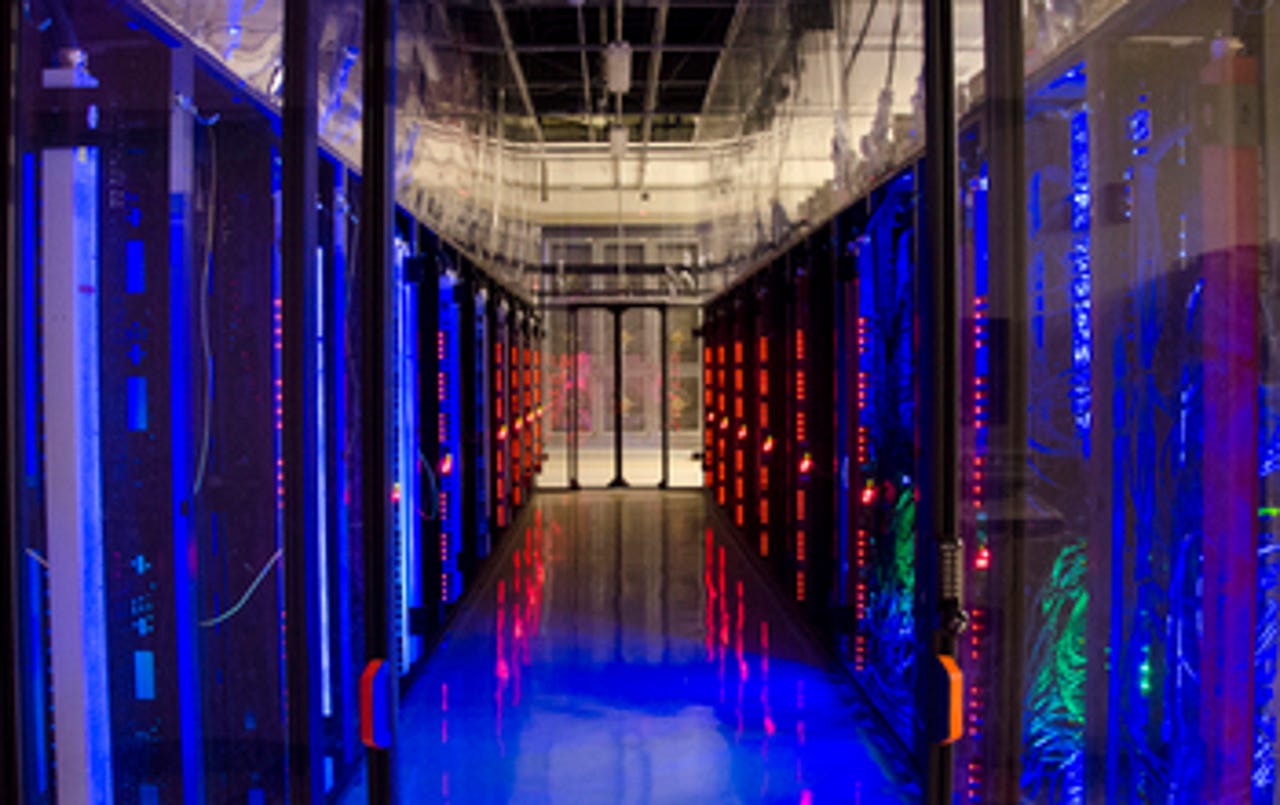VMware wants to create the software-defined data center: Now

The data center is slowly, but surely, moving from being largely hardware-based to being mostly software-based. And, VMware, for one, is doing everything it can to make it happen sooner rather than later.

To prove the point, VMware cited a new study by Research and Markets that predicts that the software-defined data center market will hit $77.18 billion by the year 2020. That's up from the $21.78 billion today's mix of software-defined technologies is expected to rake in for 2015.
To make the software-defined data center (SDDC) happen, VMware announced the following new product releases:
- VMware vRealize Operations 6.1 - vRealize Operations 6.1 is designed to deliver a consistent management framework for organizations moving from the private to hybrid cloud. With the new Intelligent Workload Placement capability, vRealize Operations matches the workload to a customer's specific IT and business needs, and recommends the best placement. Proactive Rebalancing enables customers to continually meet those needs. Operating system and application monitoring will be available natively in vRealize Operations and predictive analytics help IT proactively identify and avoid potential issues across infrastructure and application stacks.
- vRealize Log Insight 3 - vRealize Log Insight 3 will double the scale and performance to 15,000 messages per second. It will also have better clustering fault tolerance, improve vRealize Operations integration, and faster Big Data style query execution.
- VMware Integrated OpenStack 2 - Integrated OpenStack 2 will be based on OpenStack Kilo, the latest OpenStack release. VMware also announced that Integrated OpenStack will be available to service providers through the VMware vCloud Air Network program.
- VMware Site Recovery Manager 6.1 - Site Recovery Manager 6.1 will integrate with NSX 6.2. This is designed to enable IT to use network virtualization to simplify disaster recovery management and accelerate recovery in the software-defined data center.
Site Recovery Manager will orchestrate the live migration of VMs at scale between sites by automating cross-vCenter vMotion operations. Recovery Manager will also interoperate with vSphere Storage Policy-Based Management to enable automatic, policy-based disaster protection for VMs. Site Recovery Manager will also add support for stretched cluster solutions including EMC VPLEX, Hitachi Virtual Storage Platform, and IBM San Volume Controller.
- VMware vSphere APIs for IO Filtering - vSphere APIs for IO Filtering will enable ecosystem partners including Asigra, EMC, Infinio, PrimaryIO, Samsung, SanDisk and StorageCraft to offer third-party, software-based data services such as replication and caching. These data services will be fully integrated in vSphere and managed through vSphere Storage Policy-Based Management.
- VMware NSX 6.2 - NSX 6.2 enables organizations to achieve application continuity through disaster recovery and metro-pooling for more efficient use of resources throughout a single data center and across data centers. VMware claims that with NSX, customers can reduce recovery time objectives by as much as 80 percent. NSX 6.2 also adds better integration with physical infrastructure.
What VMware doesn't mention is that many of these technologies are half-baked. Will they work? From what I know of them, yes. Will they work without a lot of hand-holding from VMware engineers? Well, that's another matter.
If your business is already deeply invested in VMware, then you can join them in their journey to the SDDC. Otherwise, I'd take a slow and cautious approach. While VMware has been a leader in driving to the SDDC, other companies, such as IBM and Unisys, are also in the business.
Last, but not least, as Thomas Bittman, a Gartner VP, observed, "My problem is terms like "Software-Defined Data Center" focus on a very limited 'how,' and not the 'why.' And far too many of the infrastructure and operations (I&O) teams that I talk to use SDDC to describe how they are modernizing their own data center -- and in a very architecturally-specific way. ... Sorry, that's missing the mark, by a long shot."
Bittman continued:
I like the term 'Enterprise-Defined Data Center' (EDDC). The enterprise defines what's needed, not I&O. To enable an EDDC, the I&O team will leverage technologies to enable a software-defined data center, they will use technologies to support aggregation, customization, integration and governance of multiple cloud providers, they will build private clouds for specific services (that will become hybrid and possibly migrate to other providers over time), they will essentially take responsibility for all enterprise services, regardless of the specific provider or data center or architectures being used. Because the enterprise doesn't and shouldn't care about those details.
Related Stories: